Baksei Chamkrong is easy to find as it is located close to the Angkor main road, just outside the South Gate of Angkor Thom and at the basis of Phnom Bakheng.
The name "Baksei Chamkrong", as in the case of most Angkor temple names used nowadays, is not the original one. The modern name means "bird with sheltering wings". It refers to a legend of a Khmer king, who had to flee when Angkor was once attacked. But when a large bird swooped down and spread its wings in order to shelter him, he was saved from being caught by his enemies.
The temple is attributed to the less important king Harshavarman I (ca. 915-925), who was the son and successor of Angkor-founder Yashovarman I. Baksei Chamkrong is supposed to be Harshavarman's ancestor temple for his parents.
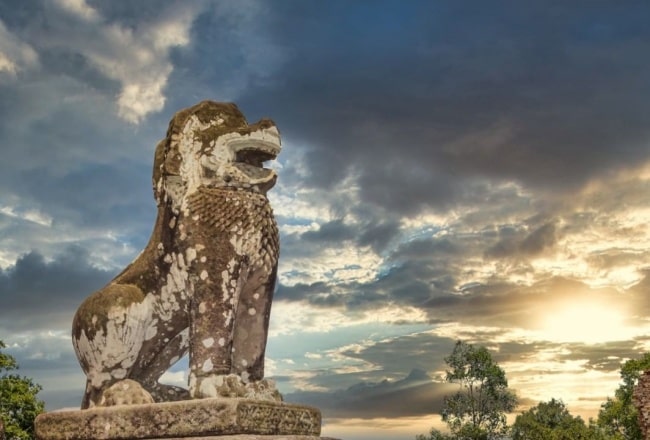
But the temple inscription mentions a much later date of consecration, 23. February 948 (even the hour of that day). So, it would be the first edifice completed by Rajendravarman II, a significant king and temple builder, after he shifted the capital from Koh Ker back to Angkor. Usually Rajendravarman is supposed to have only restored Baksei Chamkrong. Accordingly, the temple sometimes is attributed to the style of Bakheng (Yashovarman's and his sons' era), or is considered to be an amalgamation of Bakheng and Koh Ker styles.
There is no doubt, Baksei Chamkrong was a Shiva temple, like most other Khmer ancestor temples. There is some speculation that its location at the north-west corner of the Bakheng hill reflects the situation of Shiva's abode Mt. Kailash, as the Kailash is, according to some Hindu traditions, believed to be north-west of the mythical mountain of the universe called Meru. There is no doubt that the Bakheng symbolizes Mt. Meru. So the Baksei Chamkrong could indicate Mt. Kailash.
Baksei Chamkrong is well proportioned and impresses more by its elegance than by its size. Baksei Chamkrong is a four-tiered pyramid of 27 square metres at the basis and rises 13 metres. The total height including the brick Prasat on the top is 23 metres. Baksei Chamkrong is crowned by only one single Prasat tower, in contrast to the quincunx of five sandstone Prasats on top of Yashovarman's much larger state temple Bakheng. Baksei Chamkrong is the first Khmer step pyramid made of laterite blocks. Laterite is a soft iron rich clay, cut from the ground in blocks. It can be cut in its damp condition easily, but hardens significantly when left in the air and the sun.

According to the inscription at the door jambs of the Prasat, it contained a gold statue of Parameshvara, representing Shiva, probably iconically and not by a symbolic Lingam. (But now there is a reclining Buddha from the 16th century inside the sanctum.) Besides, the inscription honours former kings, particularly the empire's founder Jayavarman II (about 800). It also tells the myth of Kambuja-Desa's origins. A hermit called Kambu married the beautiful celestial princess Mera. They gave birth to the Khmer people. The name "Khmer" or "Khemara" is an abbreviated amalgamation of "Kambu" with "Mera".
The Prasat's stone carvings are in a good condition. The lintel above the east door shows a very common subject, Indra on his three-headed mount called Airavata, also known as Eravan in Thailand. This sandstone carving is noteworthy for its details. In the garlands you can recognize the elephant-headed god Ganesha, who uses his own trunk as a mount. The false doors are decorated with panels depicting foliage, too. It is typical of the Khmer stone relief styles of the tenth century to imitate wood carving.
Not much is left of the stucco decoration once covering this Prasat tower. The conspicuous holes in the brick walls, which are of remarkable precision otherwise, once carried the lime mortar. Almost certainly, the outlines of Devatas recognizable in the brickwalls were once covered with much more detailed stucco depictions of those semi-goddesses. A Devata is a female divine guardian spirit of sacred places. Devatas often occur in Hindu epics such as Ramayana and Mahabharata, they are mentioned in some Buddhist scriptures, too.
Below is the glimpse of Baksei Chamkrong in 360o viewing:


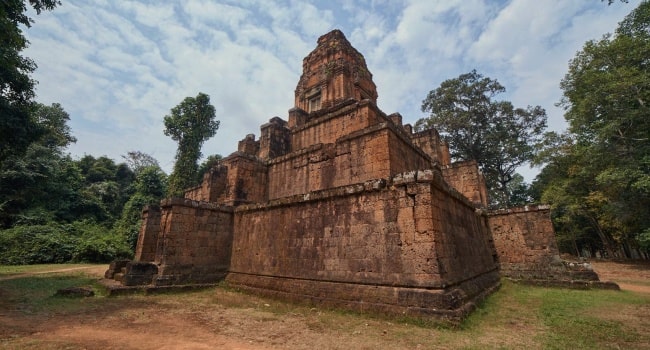

 02/01/2026
02/01/2026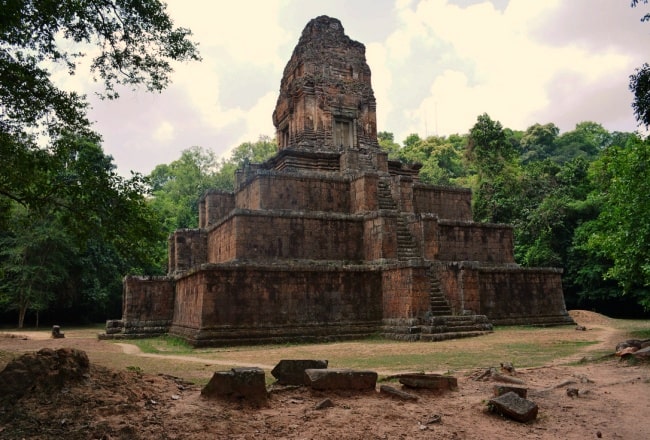
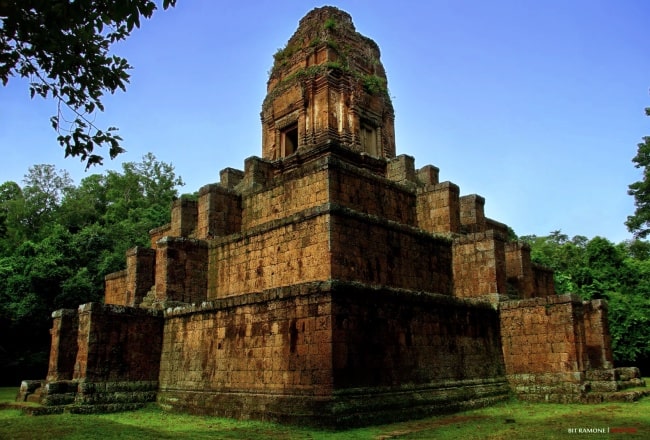
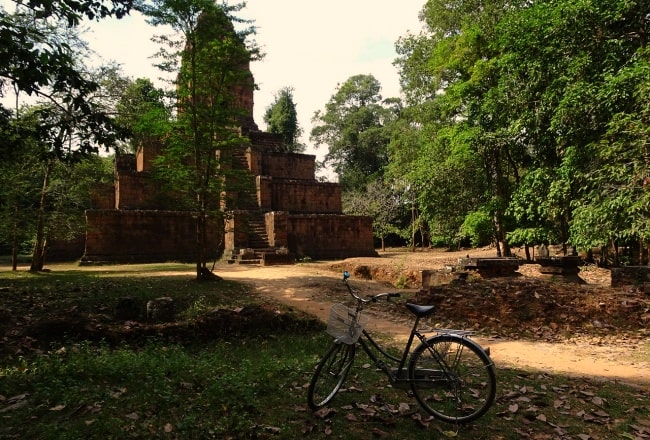
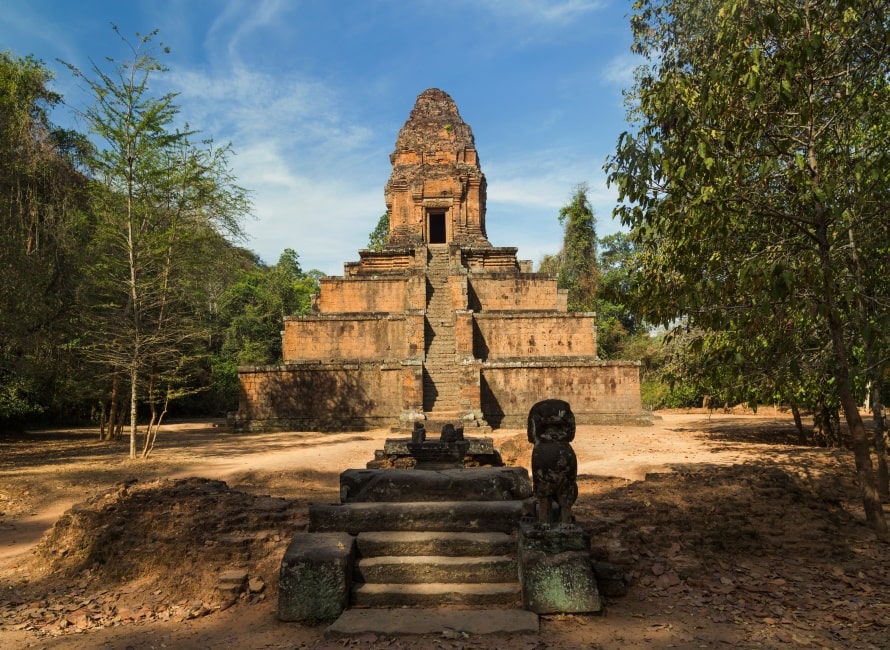
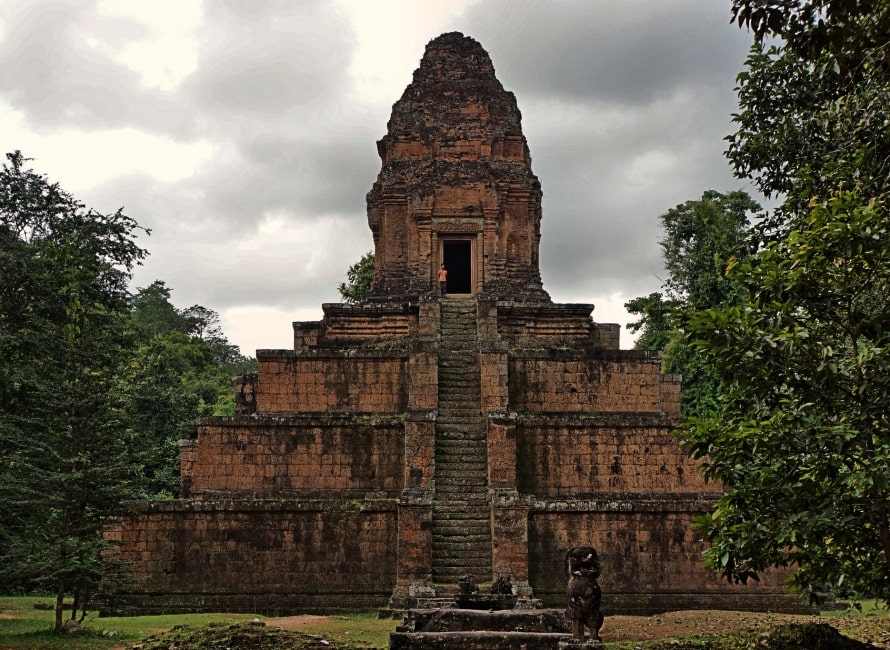
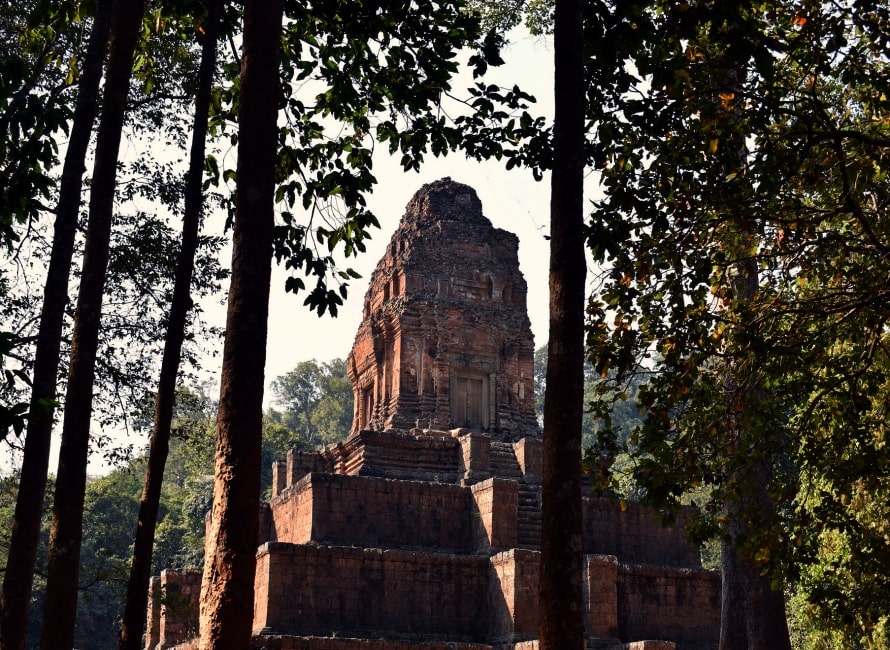
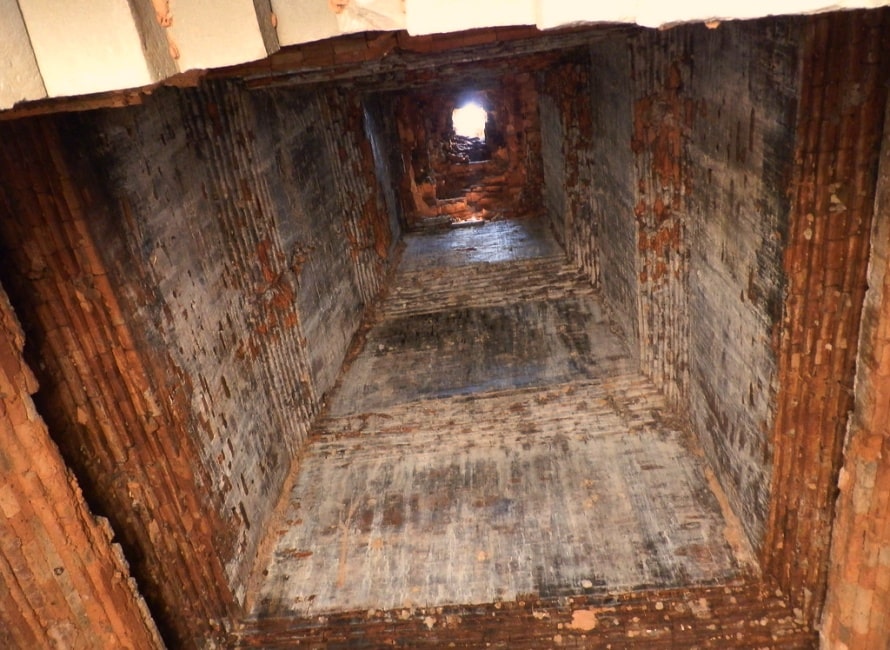
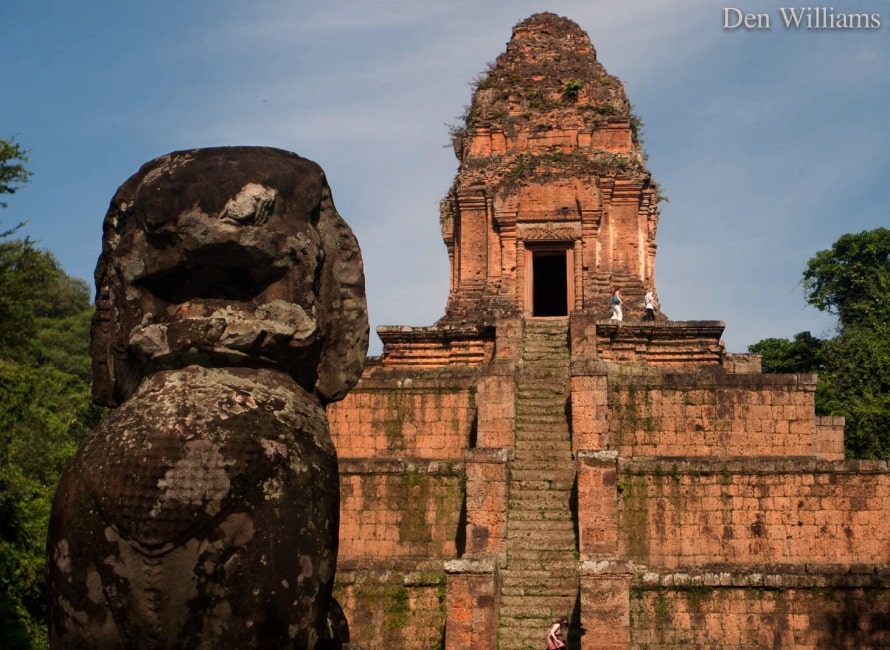
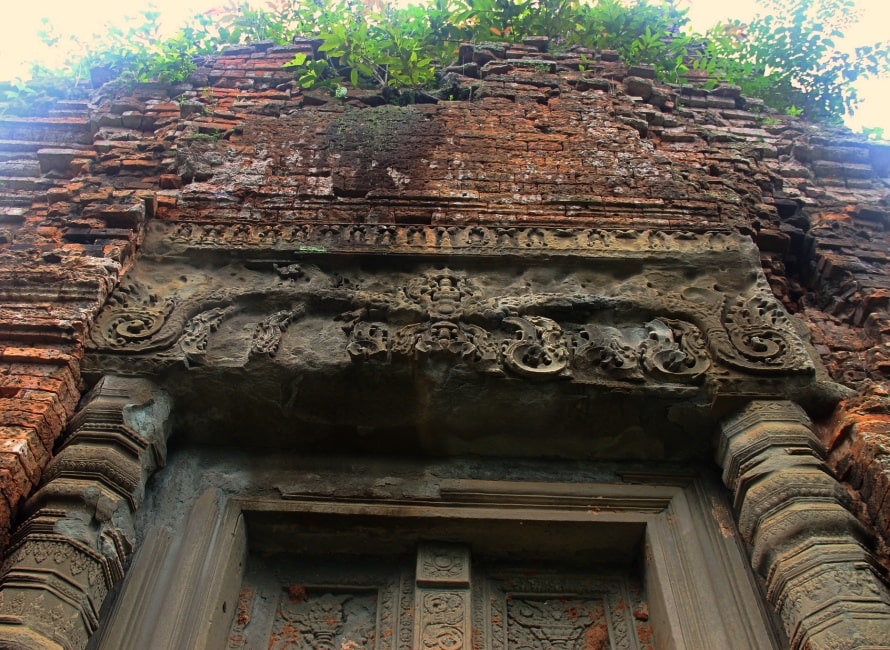
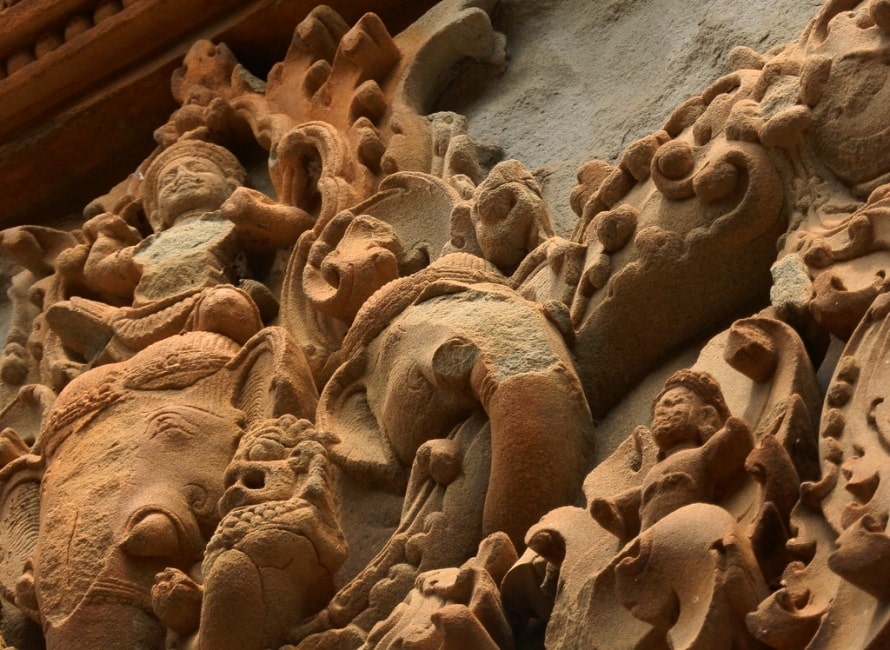
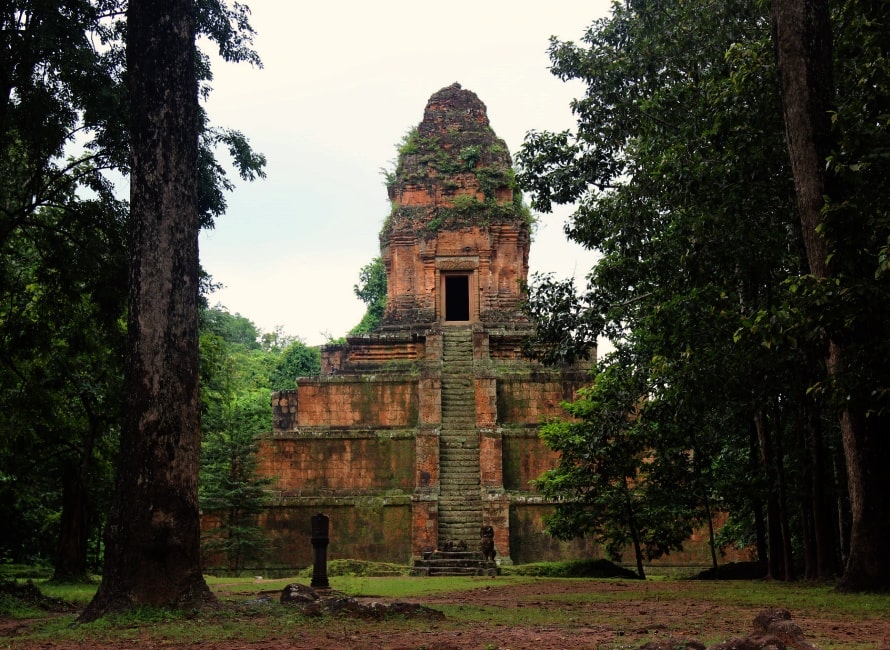
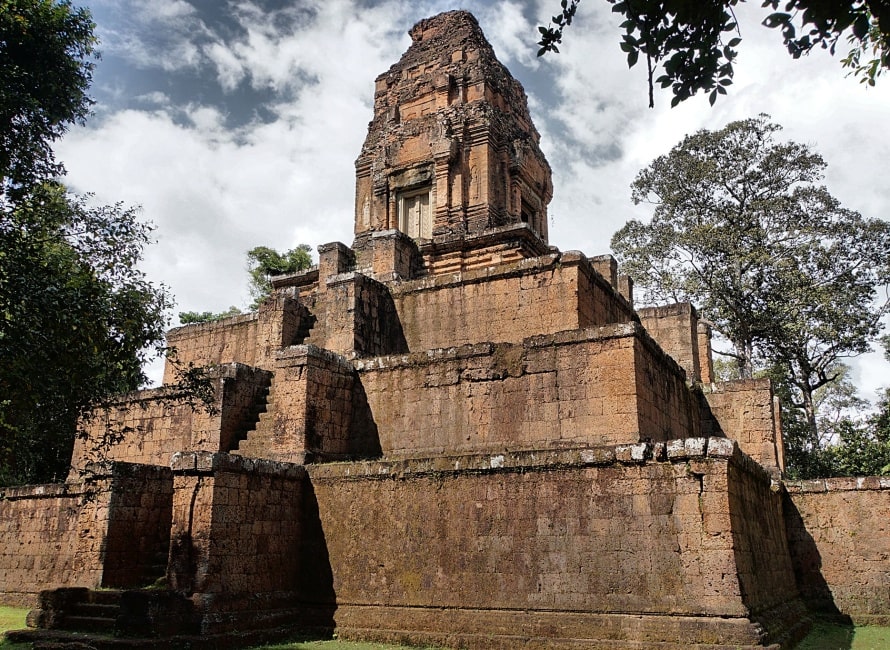




















Jolie LIEMMy name is Jolie, I am a Vietnamese girl growing up in the countryside of Hai Duong, northern Vietnam. Since a little girl, I was always dreaming of exploring the far-away lands, the unseen beauty spots of the world. My dream has been growing bigger and bigger day after day, and I do not miss a chance to make it real. After graduating from the univesity of language in Hanoi, I started the exploration with a travel agency and learning more about travel, especially responsible travel. I love experiencing the different cultures of the different lands and sharing my dream with the whole world. Hope that you love it too!